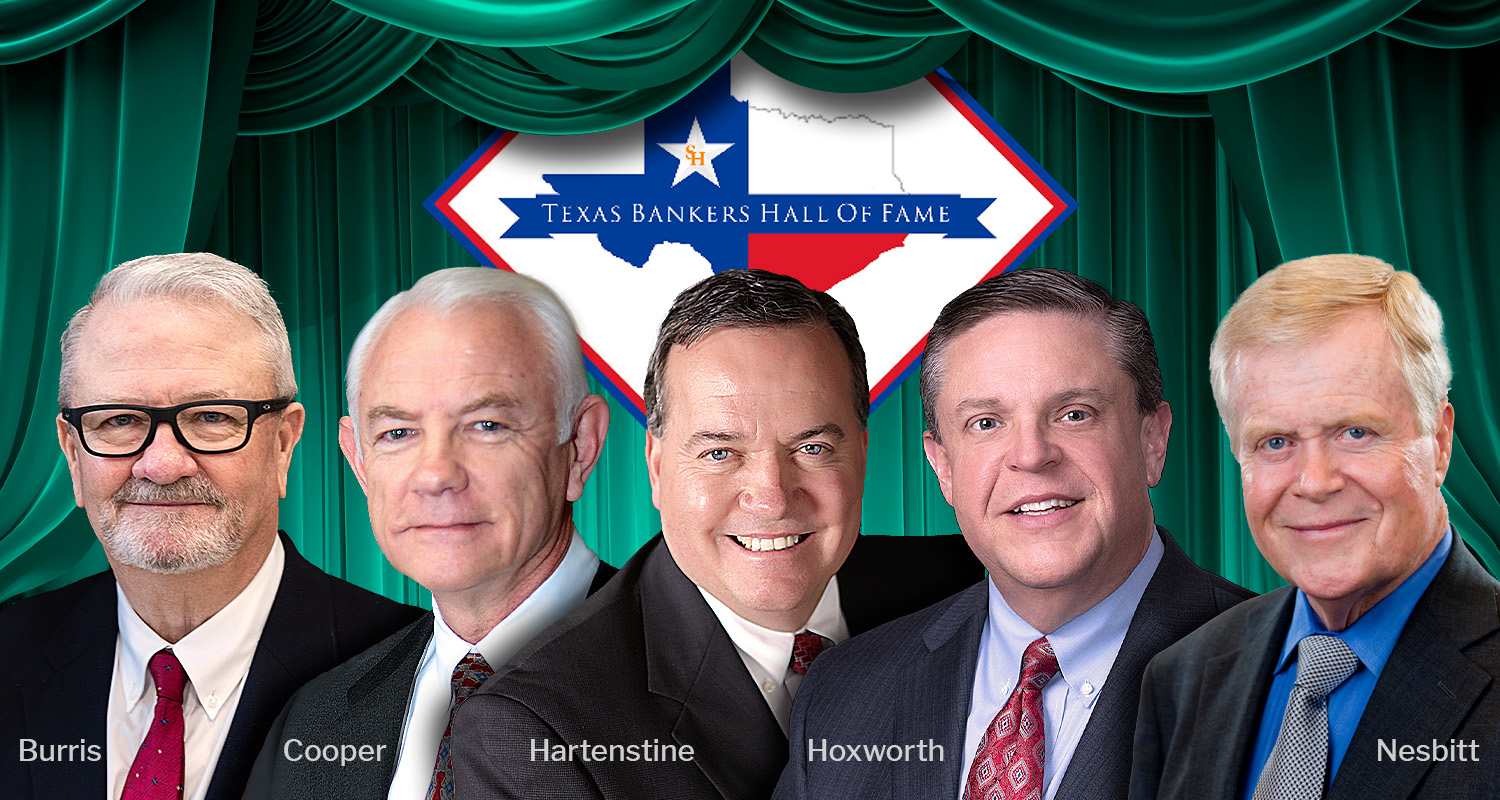By NED PAULEY
Simply stated, a leader is someone others follow. Leadership is not a title. It’s not a reward for length of employment. It’s an act of service that inspires people toward a shared vision. If you’ve been in bank leadership for a while, you know the role is changing. Perhaps more accurately, followership is changing. It’s not that people no longer want to be led. What’s changing is how and by whom they want to be led. The good news is that leaders who recognize and adapt to these changes will thrive. They will attract talent and give their banks a competitive advantage. Those who don’t will face increasing frustration in their role and decreasing returns in their results.
What type of leader does today’s workforce want to follow? Here are three qualities:
Empathic Leaders. To attain a leadership position requires the possession of skills and knowledge required for the role. No one will follow a leader who lacks core competencies. But increasingly what employees want is not just a leader who is competent. They want a leader who cares. Research conducted by McKinsey & Co. and reported in The State of Organizations 2023 found that leaders believe employees quit when looking for better jobs, compensation and work-life balance. However, employee surveys revealed that among their top reasons for leaving was not feeling valued. “The employers were focusing on transactional elements of the work experience while employees were asking for more emphasis on relational factors.” Empathic leaders create meaningful, professional connections with those they serve.
Investing Leaders. Employees in our current workforce plan on having multiple roles throughout their work career. They’re not likely to see working at your bank as an end point but rather as another stop on their vocational journey. Your most talented and growth-minded employees aren’t looking for a boss. They want a coach—someone who will help them develop. Top leaders invest time and energy in the growth of their people. They challenge, encourage and empower. Investing leaders can promise, “Whether you work with us three months, three years or 30 years, you will leave here better than when you arrived.” Ironically, preparing talented employees for future opportunities may be the very thing that keeps them in their current one.
Growing Leaders. As leaders we sometimes feel the need to present an image of having arrived. We have the skills. We have the answers. We think our faults are minor and mostly hidden. Our employees know better. When we are unwilling to acknowledge or seem unaware of our humanness, trust erodes and connection is severed. It’s counterintuitive, but we’re seen as weak when we hide behind a façade of strength. Conversely, as Brene Brown has said, “Vulnerability is not weakness. It’s our most accurate measure of courage.” Even so, vulnerability in and of itself isn’t enough for a leader. Having acknowledged our growth opportunities, we must then address them. Leaders others want to follow are aware of their limitations and courageously seek to grow beyond them. They read books, find training and pursue counseling. They model a growth mindset.
Today’s workforce wants a different type of leader. Becoming more empathic, investing, and growing will make you the leader they desire.
Ned Pauley is an executive consultant and the director of Trellis at Haberfeld, a data-driven consulting firm specializing in core relationships and profitability growth for community financial institutions. Ned can be reached at 402.323.3608 or .





